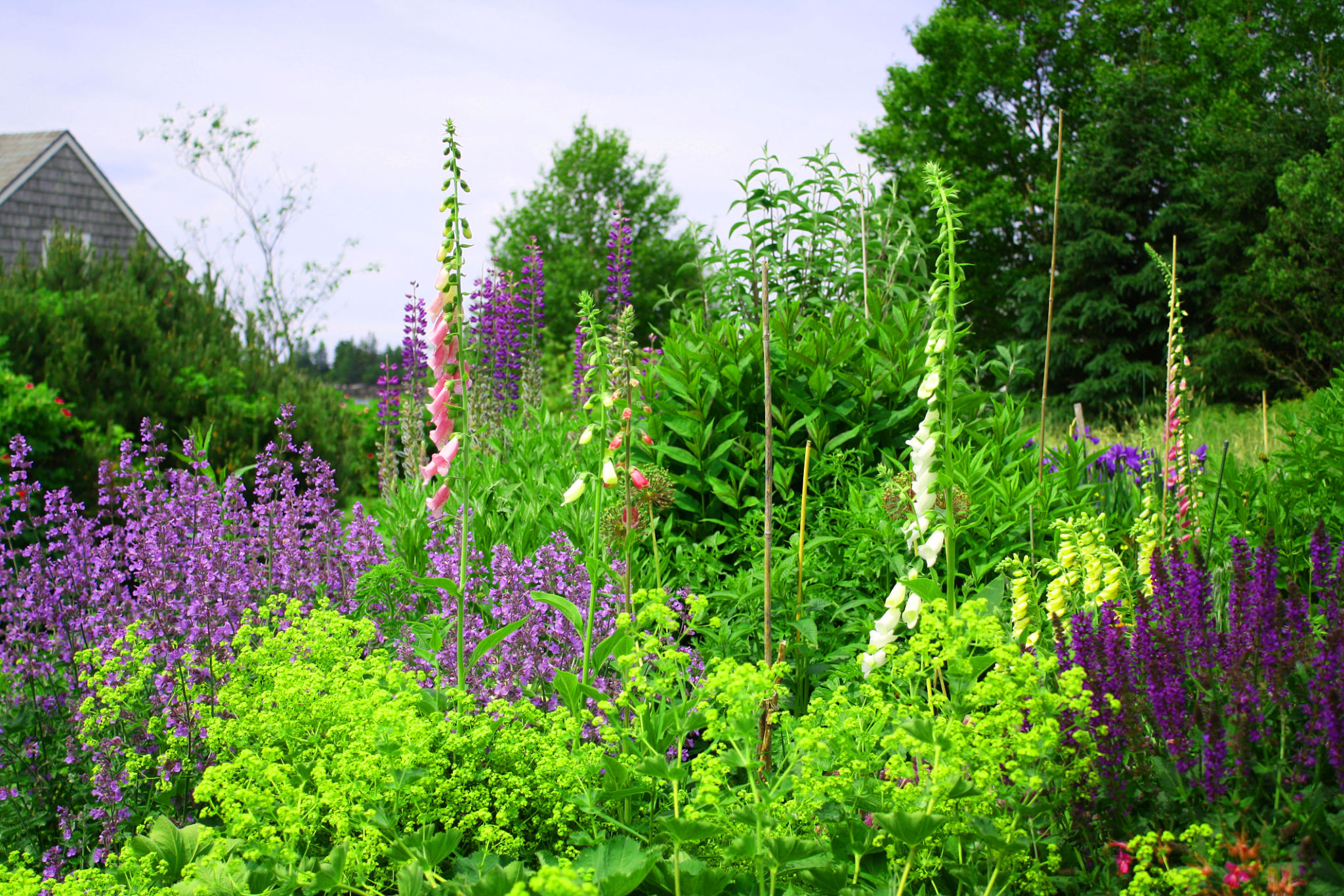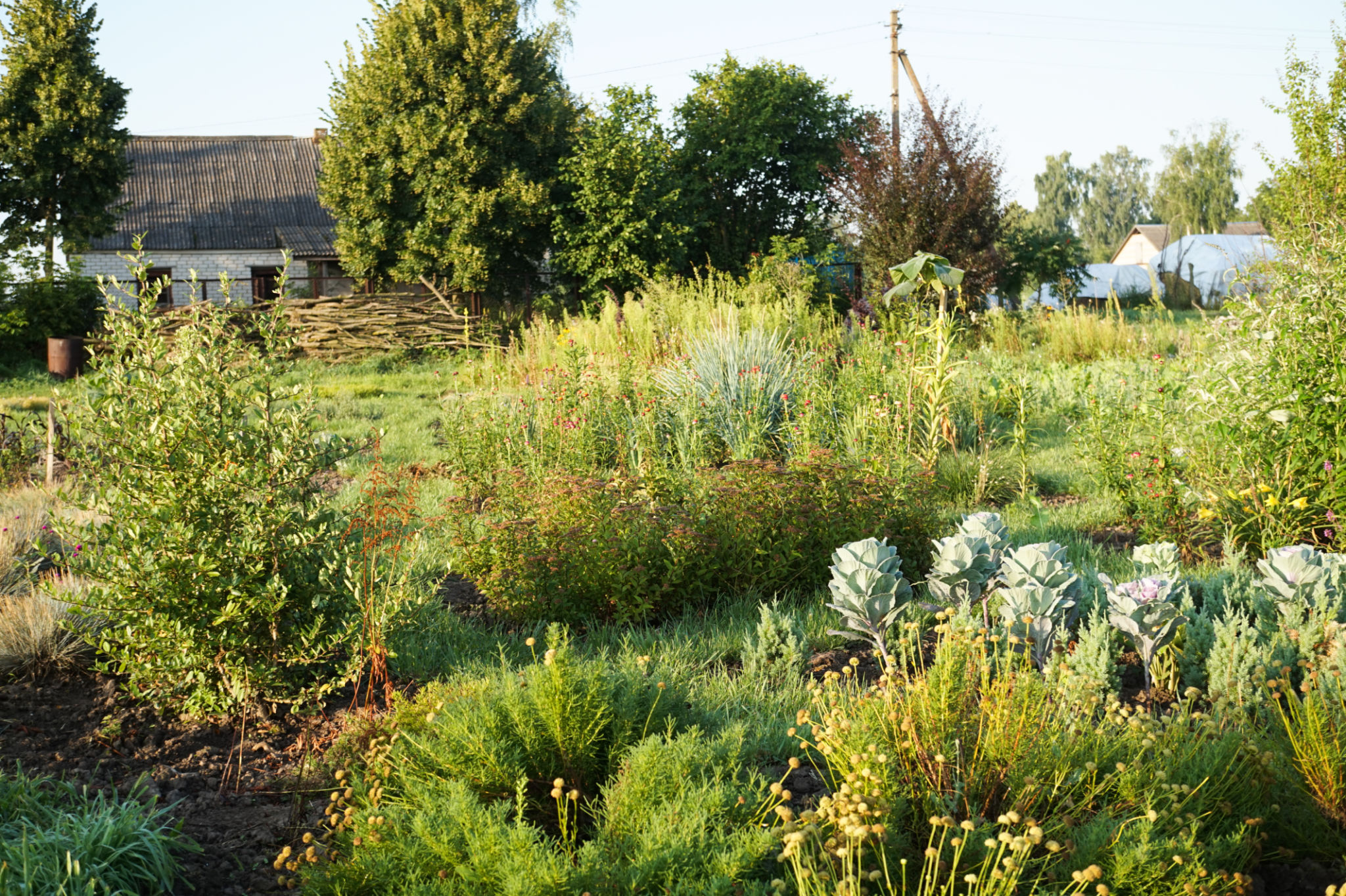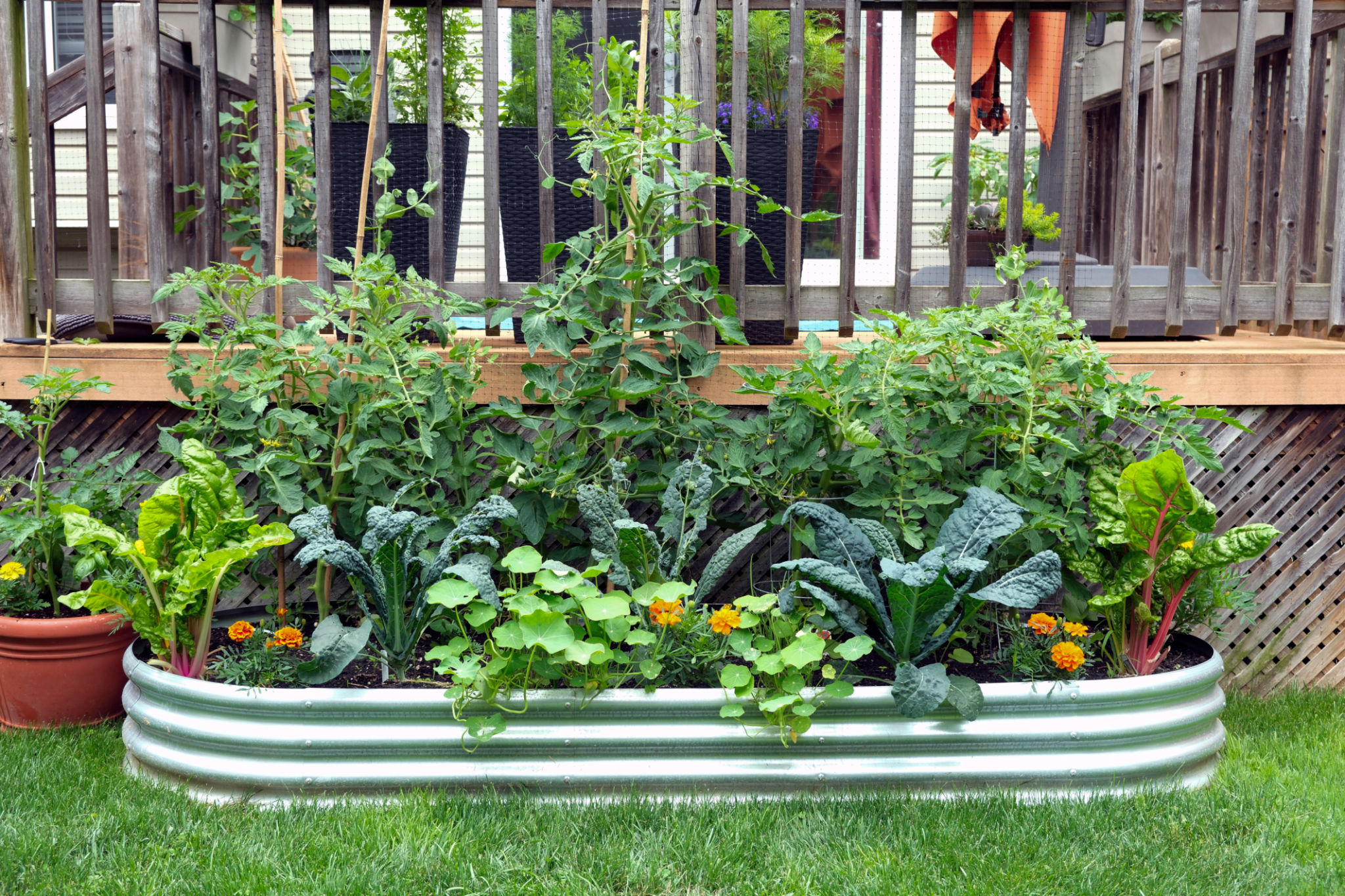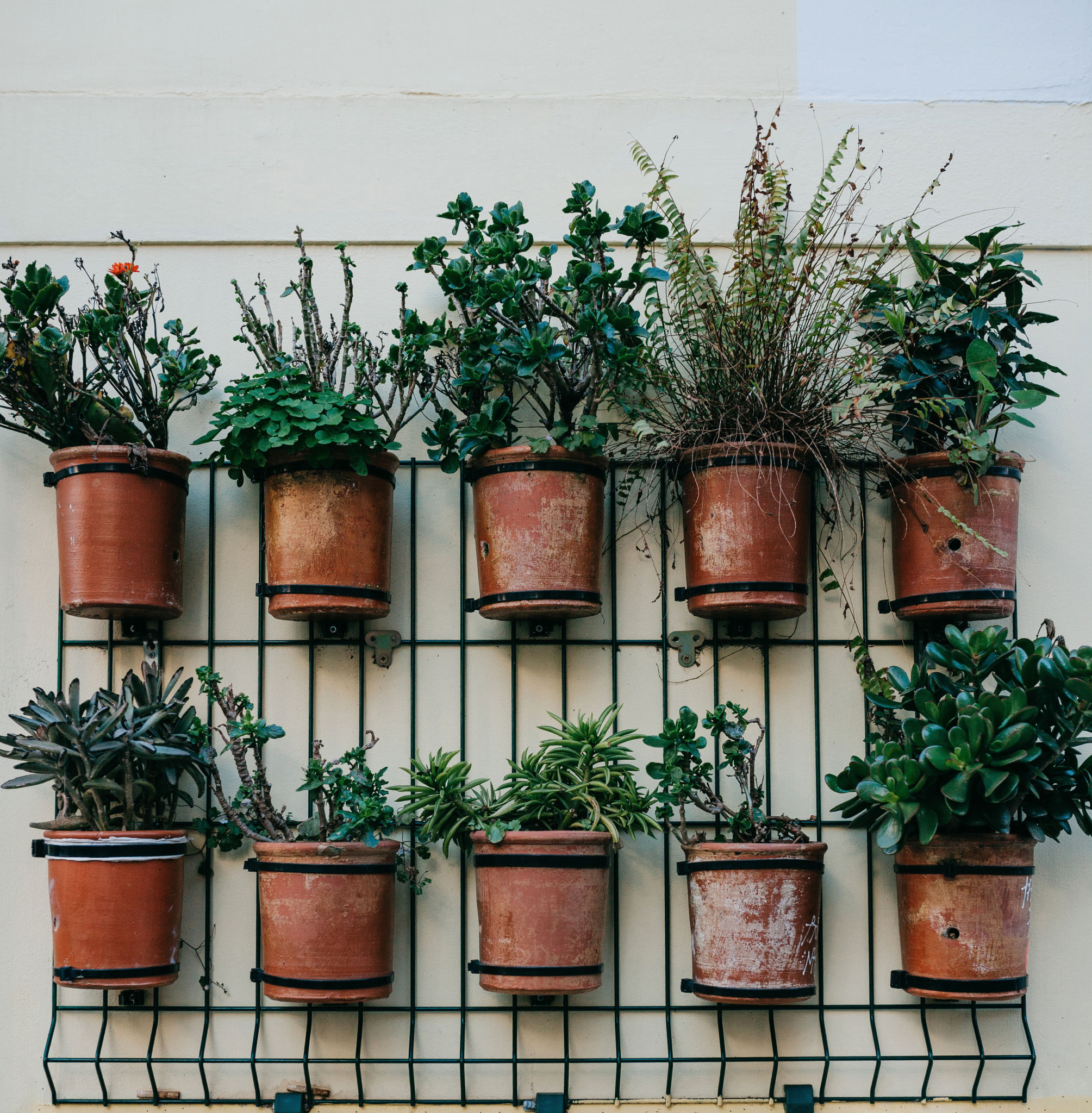Organic Gardening Trends: What’s New in Sustainable Landscaping?
The Rise of Native Plant Gardens
One of the most significant trends in organic gardening is the increasing use of native plants. Native plants are those that occur naturally in a particular region, ecosystem, or habitat. They are well-adapted to the local climate and soil conditions, which makes them an excellent choice for sustainable landscaping. By incorporating native plants, gardeners can reduce water usage, minimize the need for chemical fertilizers, and create habitats for local wildlife.
Native plant gardens not only require less maintenance but also contribute to biodiversity. They support local fauna, such as bees, butterflies, and birds, by providing food and shelter. This trend is gaining popularity as more people become aware of the environmental benefits of using plants that thrive naturally in their area.

Permaculture Principles in Landscaping
Permaculture is a design philosophy that emphasizes working with nature rather than against it. In sustainable landscaping, permaculture principles are being applied more frequently to create self-sustaining ecosystems. This approach involves planning gardens that mimic natural processes, integrating elements like water management, soil health, and plant diversity.
Key permaculture practices include rainwater harvesting, composting, and the use of companion planting to enhance growth and deter pests. By designing gardens that function as ecosystems, gardeners can reduce their reliance on external resources and create landscapes that are in harmony with the environment.

Embracing Edible Landscaping
Another exciting trend is the integration of edible plants into ornamental gardens. Edible landscaping combines aesthetics with functionality by incorporating fruits, vegetables, and herbs into garden designs. This approach not only provides fresh produce but also enhances the visual appeal of a garden.
Popular edible plants for landscaping include berry bushes, fruit trees, and colorful vegetables like Swiss chard and kale. Edible landscaping encourages people to grow their own food and reduces the carbon footprint associated with transporting produce from farms to consumers.

Vertical Gardening Solutions
With urban spaces becoming increasingly limited, vertical gardening has emerged as a creative solution for maximizing planting areas. Vertical gardens utilize structures like trellises, wall-mounted planters, and hanging baskets to grow plants upwards rather than outwards. This technique is particularly beneficial for small spaces like balconies or compact yards.
Vertical gardening not only optimizes space but also improves air quality and insulation in urban environments. It allows gardeners to cultivate a variety of plants, including climbers like beans and ivy, as well as herbs and succulents.

Innovative Use of Organic Mulches
Organic mulching is another trend gaining traction in sustainable landscaping. Mulch is used to retain soil moisture, suppress weeds, and improve soil health. Organic mulches, such as straw, wood chips, and grass clippings, decompose over time and enrich the soil with nutrients.
Gardeners are increasingly experimenting with different types of organic mulch to find what works best for their specific needs. The use of organic mulch is an eco-friendly practice that reduces the need for synthetic fertilizers and pesticides while enhancing plant growth.

The Role of Technology in Organic Gardening
Technology is playing an increasingly important role in organic gardening. From apps that help identify plants to smart irrigation systems that optimize water usage, technology is enhancing the way people approach gardening. These tools enable gardeners to make informed decisions and manage their landscapes more efficiently.
Smart gardening devices can monitor soil moisture levels, weather conditions, and even provide alerts for pest management. This integration of technology not only supports sustainable practices but also makes organic gardening more accessible to a broader audience.